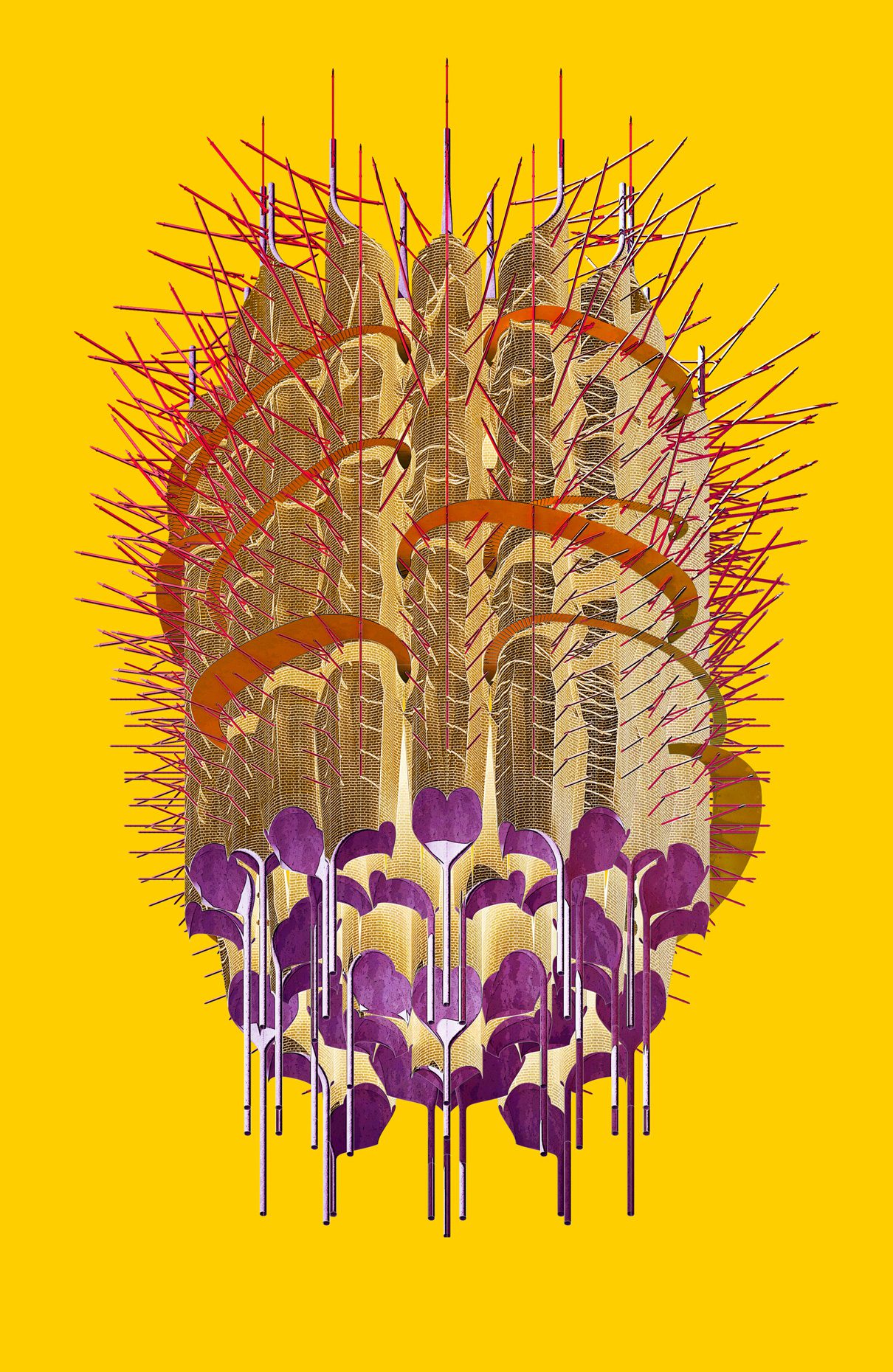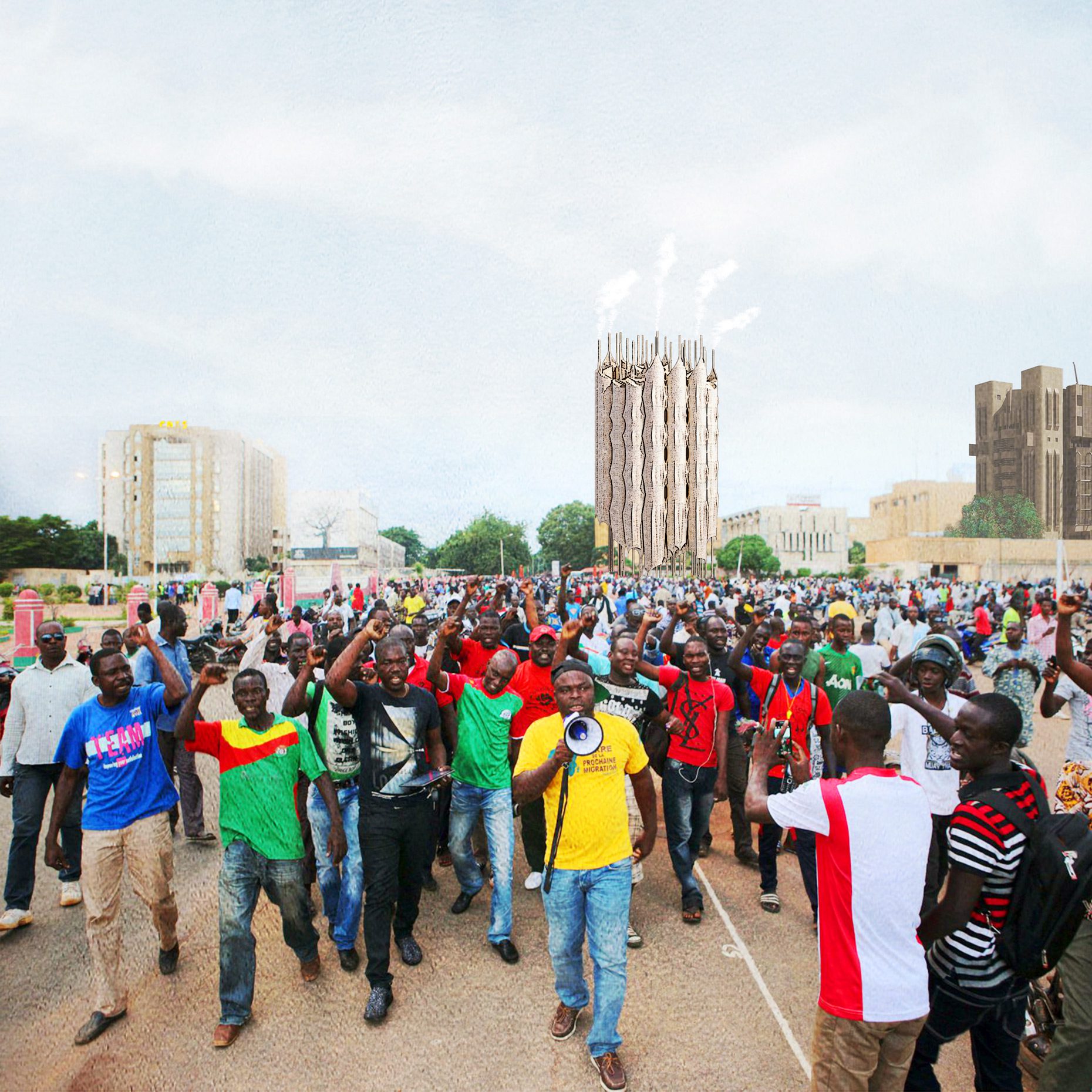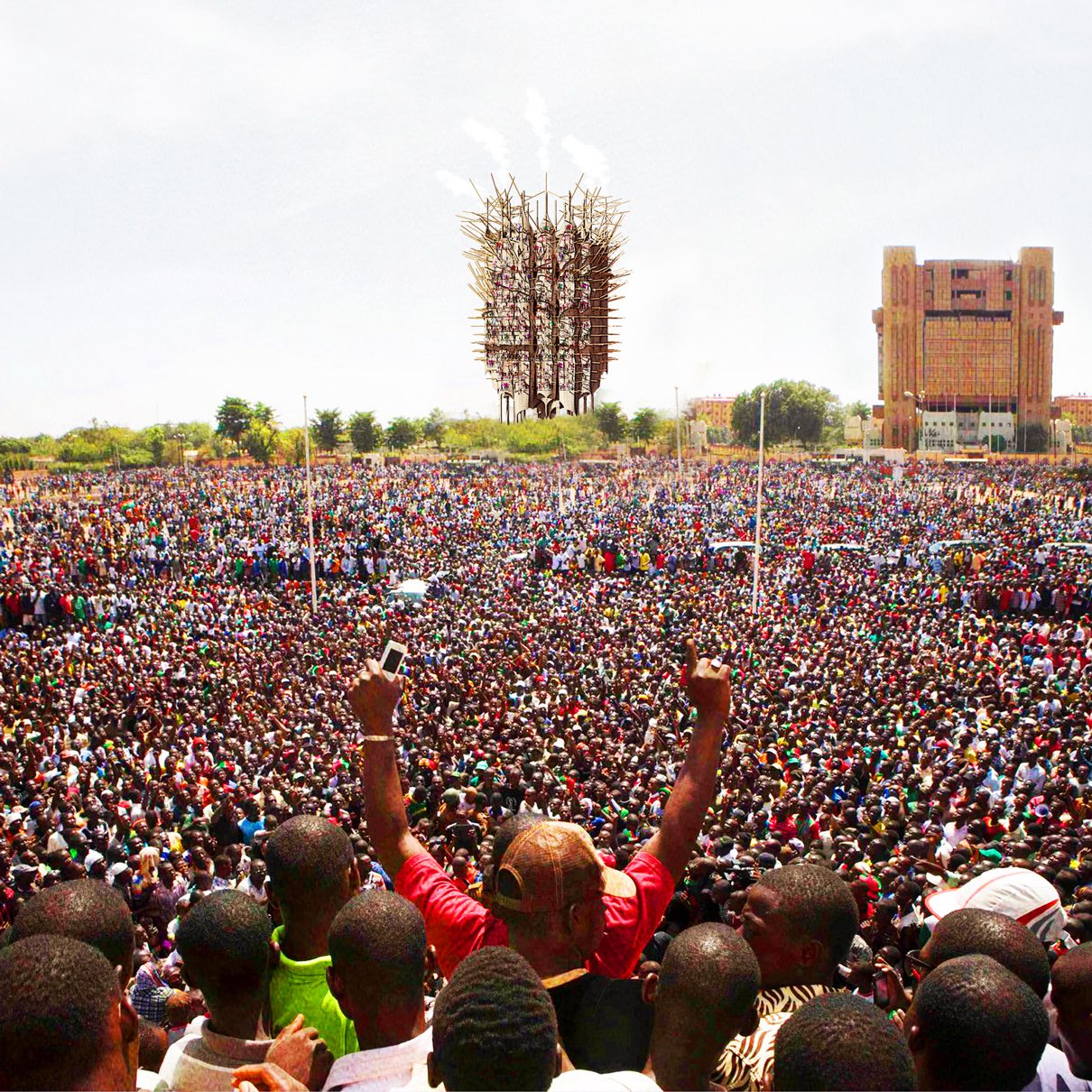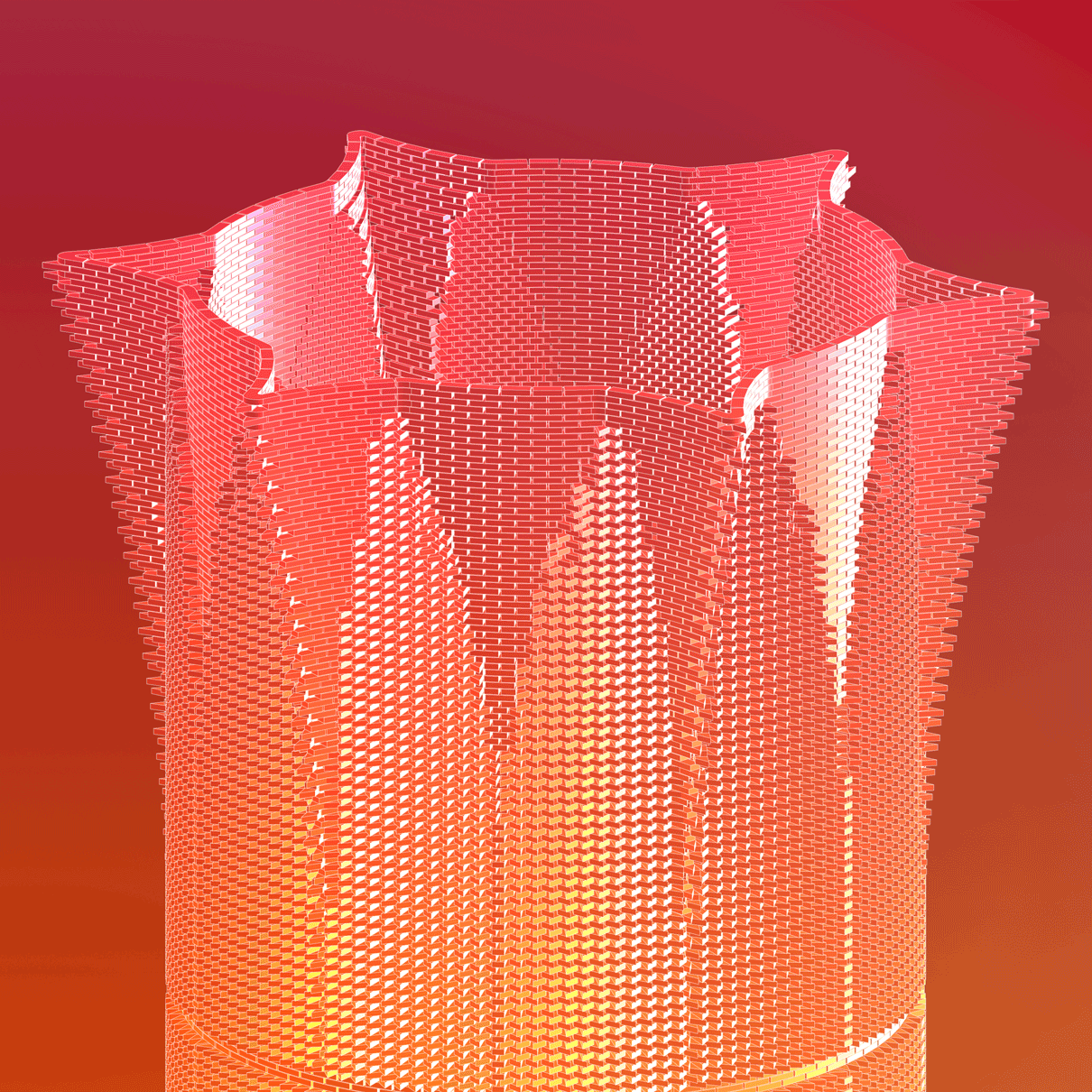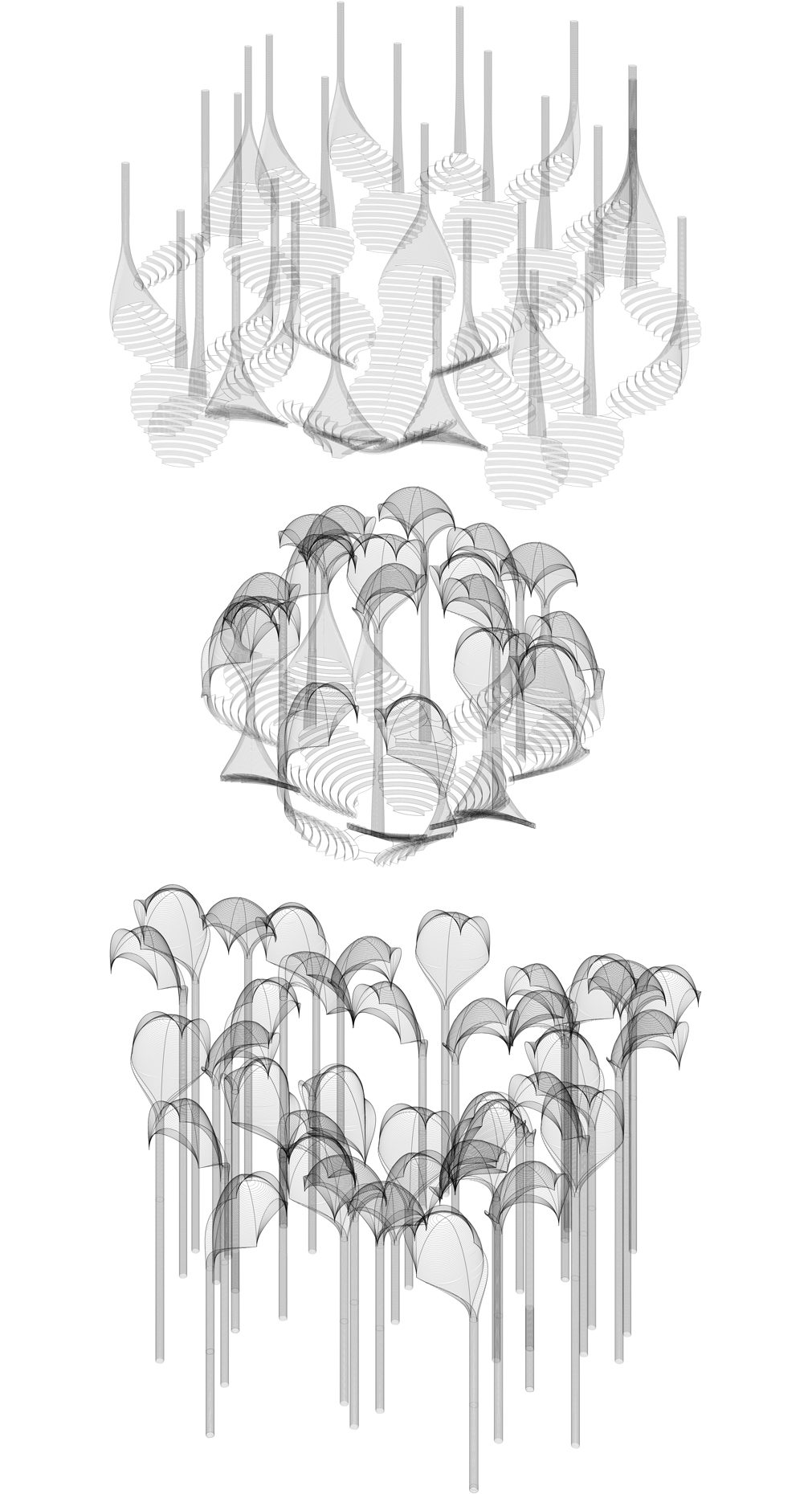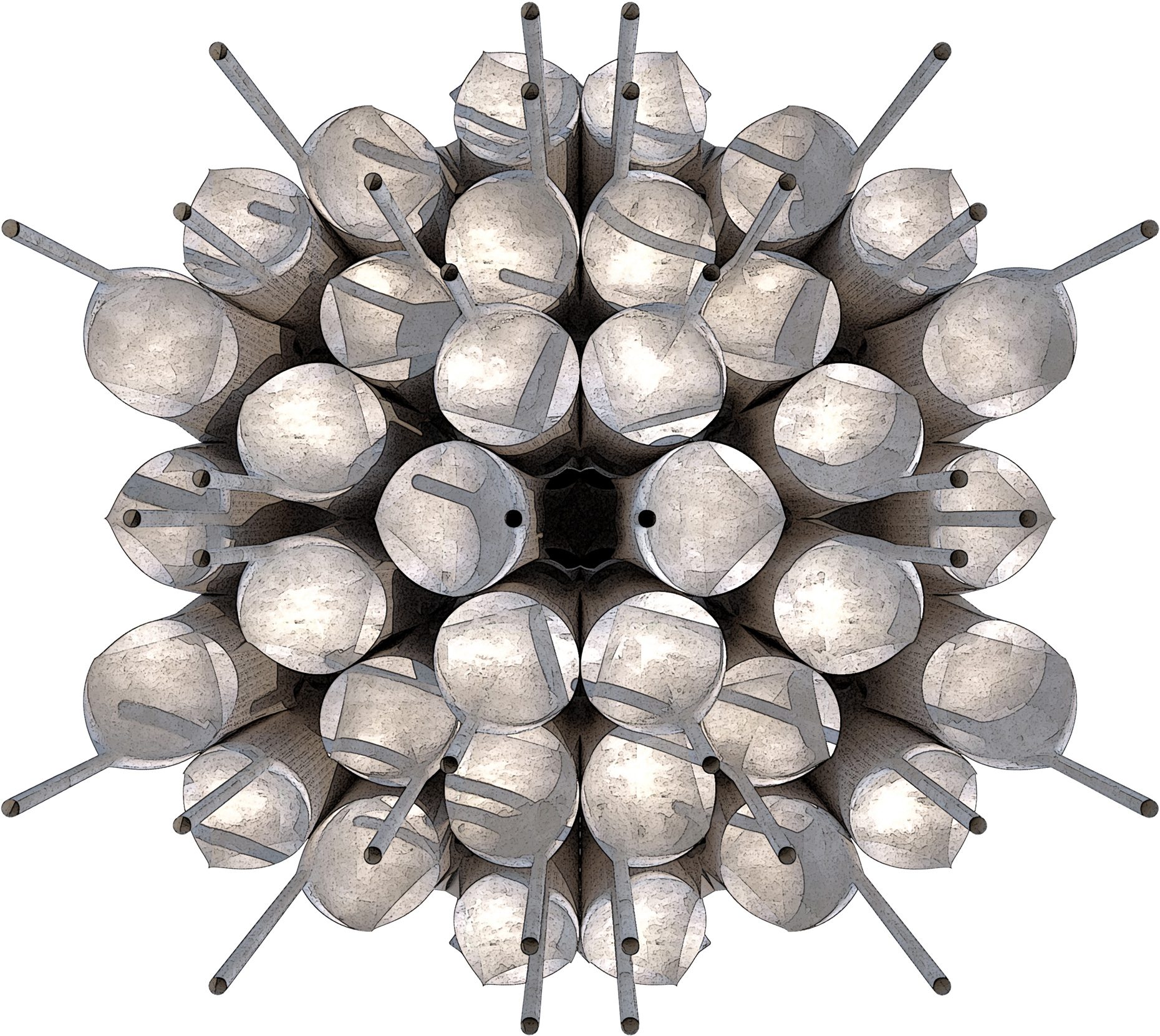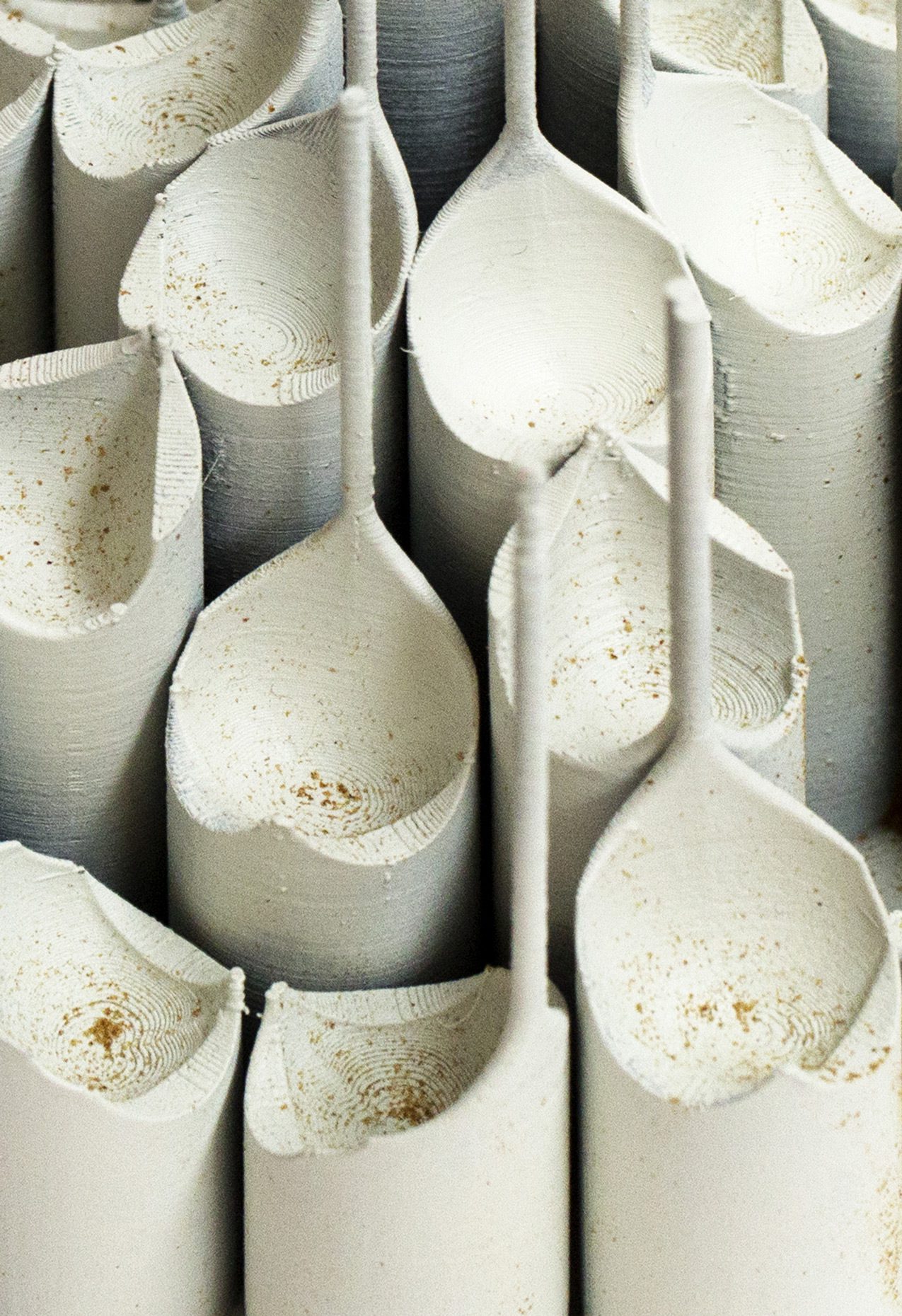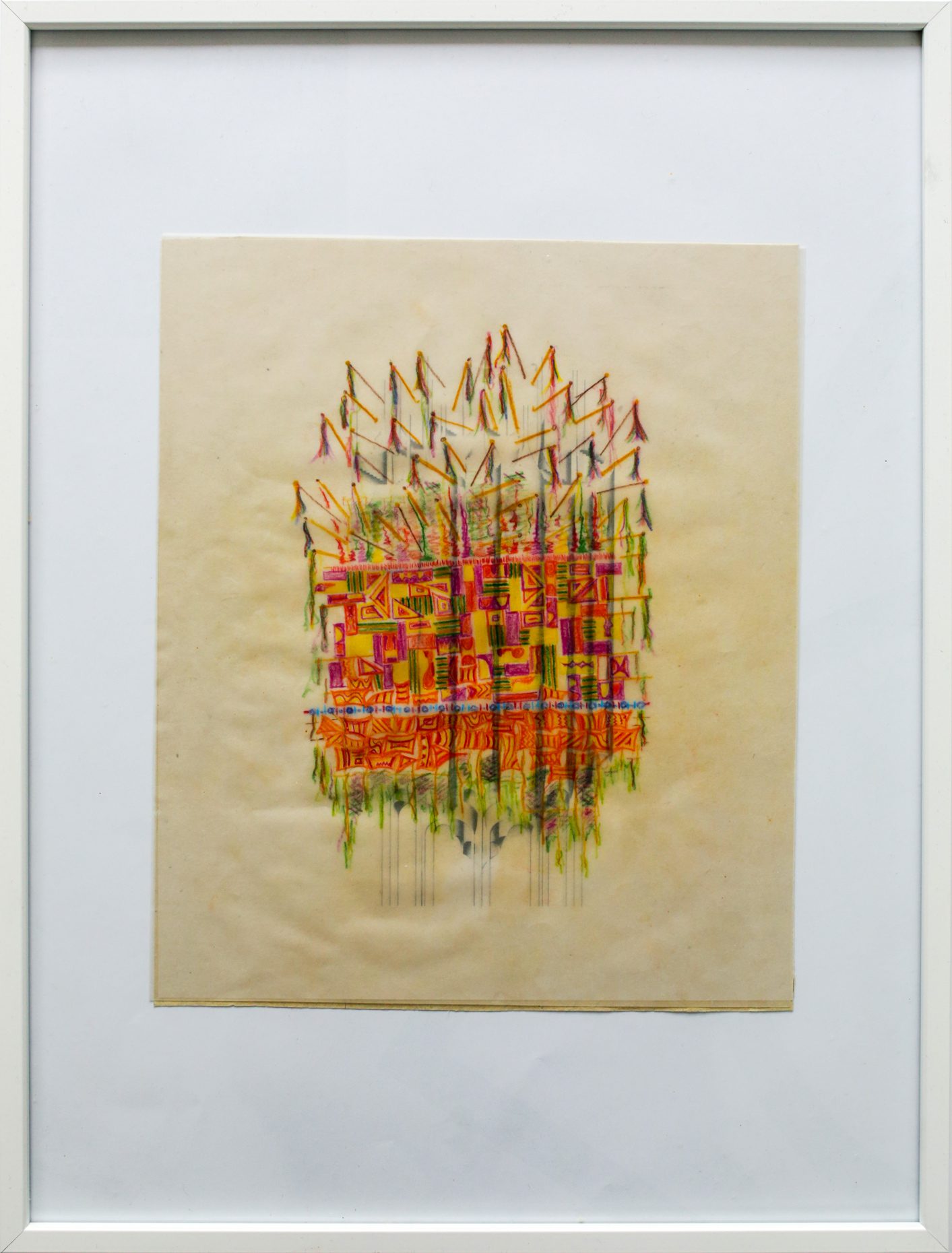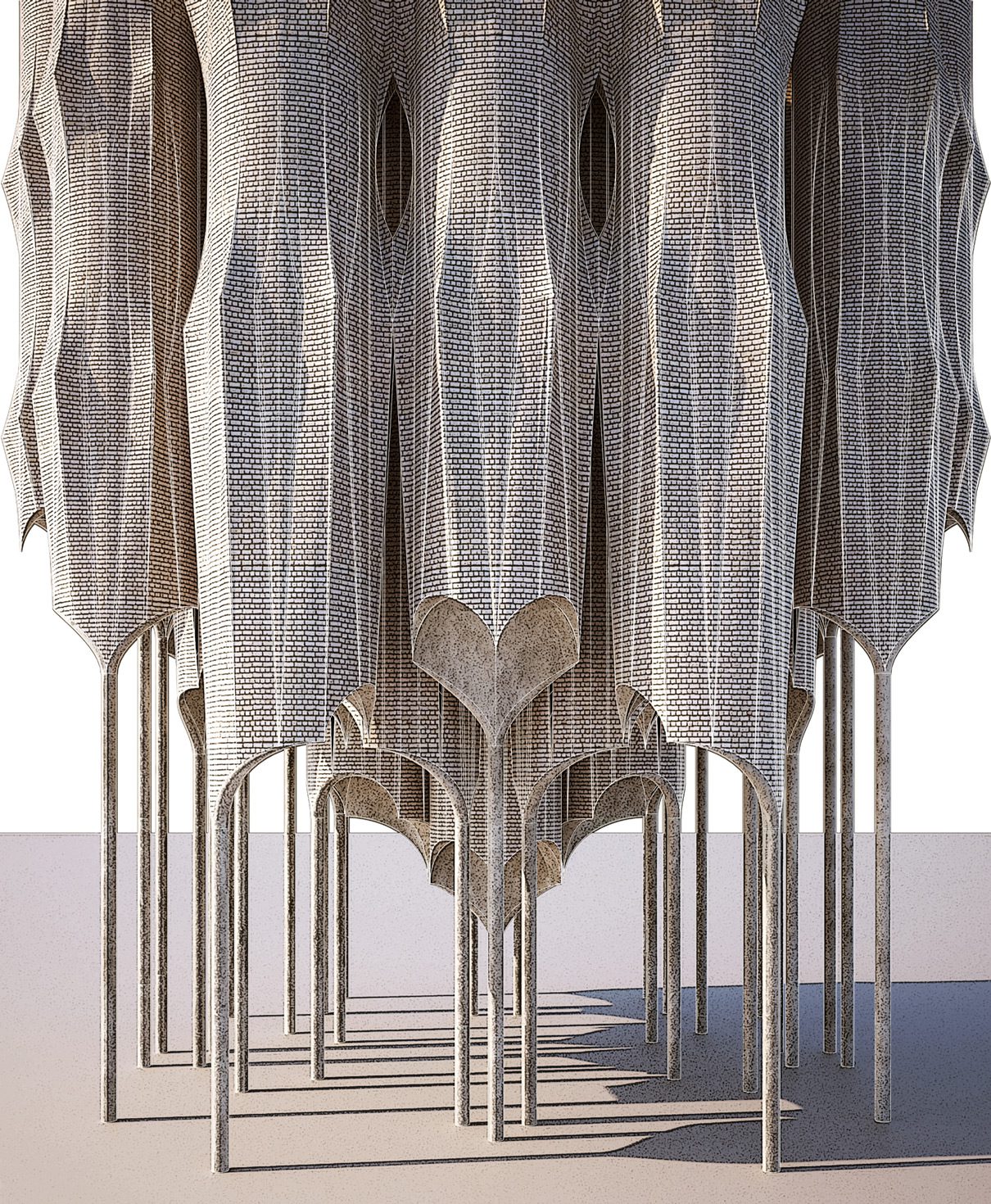RELIQUARY
Read more
RELIQUARY
Exhibition and book
@Campo
Rome,
2016
Mankind’s fascination with historic artefacts provides the necessary framework to allow us to cope with our collective existential fears – to, in short, comprehend the magnitude and terror of the natural world. Together they provide a codified, iconographic language which both comforts and instructs us in ways to behave, both alone and together. Throughout history knowledge has been chronicled, transmitted and distilled in the form of myths and narratives embedded within architectural fabric.
GENESIS Extraction is a geological process. The Earth is in a continual process of exhuming and stratifying, pulling apart and colliding with itself. The reconfiguration of excavated material (design) is a pursuit which mankind has utilised above all other activities; we have, for centuries, systematically taken from the ground, translated that which we wrest into objects of use, before burying it once again.
METAMORPHOSIS Reconfiguration might also be read as manufacture. From raw material we make tools to create more of the same – once it is taken from the ground and imbued with meaning beyond its material value, it is changed beyond former utility. This gradual and ever expanding repertoire of objects, forms and tools represents a fascination with evolution – be it of ourselves, the spaces in which we reside, or the environments that we distance ourselves from. The larger desire to manage and configure the natural world—by carving, enclosing and overlaying—is ongoing and, to a certain degree, inevitable.
TRANSLATION The translation material hewn or extracted from the ground—be it stone, clay or ore—is an occupation which is being continuously refined. Two dimensional surfaces bely the three dimensional world, and our instruments of measurement allow us to scale the environment in order to imagine and inscribe new configurations of and for it. The act of translation mediates between the virtual sphere and its implications for the real world.
BIRTH The built world is manifested through the strain and labour of both man and machine. The core elements of architecture—a wall, a roof, an arch, or a column—are able to orchestrate the natural environment and bend it into a comfortable, useful human habitat. Once an idea has been conceived, refined and made buildable the process of nurturing it into reality begins.
LIFE Once a collection of elements have been choreographed into structure, the resultant spaces are occupied. The building, therefore, is subsumed into the fabric of a city and threaded into its civic and quotidian life. It begins to facilitate coexistence, exclusion, privacy, and the public life of individuals.
DEATH As with all things, a lifespan is finite – and often expedited by poor design (consider the conscious act of planned obsolescence). Fatigue, volatility, and irrelevance lead to collapse (a natural end), while others are purposefully put to death: an execution which, by nature of its scale, demands both patience and preparation. The elements of the building’s design and construction are dissolved before they are salvaged and reclaimed.
PROCESSION All life ends ceremoniously. In the case of a building, one configuration has come to pass and another begins; processes of fragmentation and translocation disperse the elements which once comprised a whole. Most are taken to landfill to be fed back into the ground while some are repurposed. Both fates are symbolic: the act of carrying from one place to another should be read as a ritual.
ARCHAEOLOGY Methodically ordered from a chaos of rubble (landfill), individual elements begin to speak of their former use. Set upon and aside from an abstracted topography, they are realigned to a grid in order to find clarity. The passage of time imbues even the most mundane objects with meaning beyond their function or their form, and it is here that we find interest. They represent something beyond our immediate understanding of the world around us.
RELIQUIARY This manufactured landscape entwines multiple worlds into one. As an edifice of repurposed relics, this fragmented and arbitrary terrain becomes a single codified heterogenous landscape. It is a museum of redundant matter scavenged, salvaged, positioned and resurrected as a ruin.
Directed by
OMMX
with
James Taylor Foster
PhotosIllustrations










